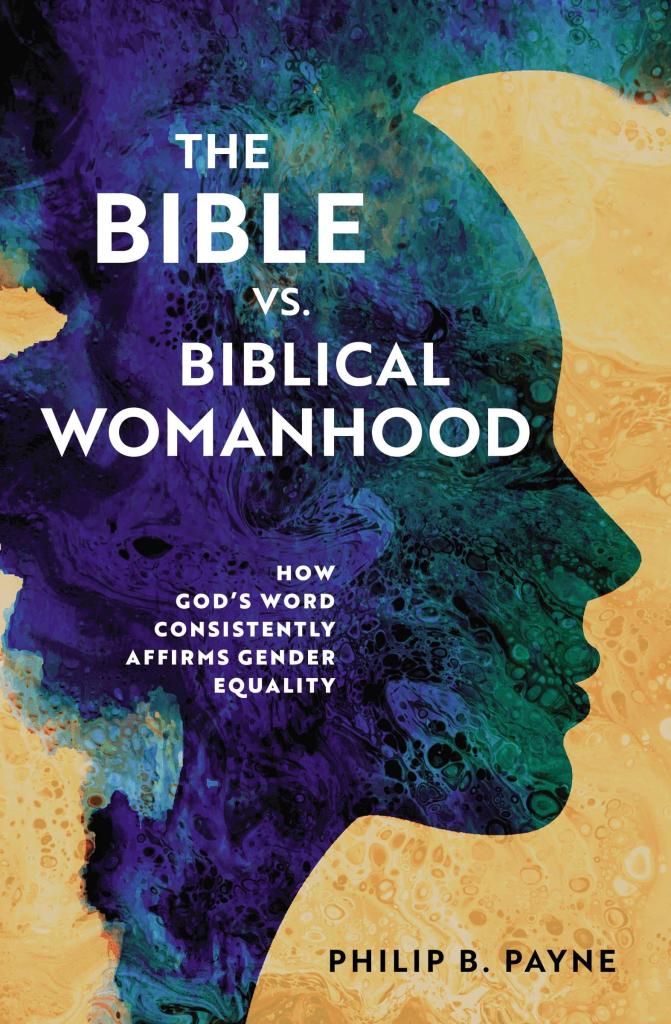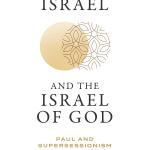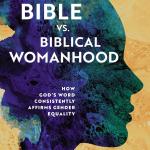Hot off the press from Zondervan is Philip Payne’s revised and updated, but also simplified version of his important monograph Man and Woman One in Christ (2009 is the latest iteration of this study). The title of the new study is The Bible vs. Biblical Womanhood. How God’s Word consistently Affirms Gender Equality, and while much of it is a distillation of that earlier study there is some fresh evidence and material in this latest publication. If you know anything about Philip Payne’s work you will know that he has spent much of his career dealing with the subject of women and their roles in the Bible (and in the church today), with a strong focus on the Pauline material. There are twelve chapters in this latest study, some of which are quite short, and a several of which are quite long when the Pauline material is under discussion. Frankly, we could have used a more thorough discussion of the Gen. 1-3 material, and of the roles of women in the OT in general, and at the other end of the Bible we could have used more on 1 Peter as well. But what we do have in these 180+ ages is well worth reading, and taken cumulatively makes a compelling case for why the egalitarian reading of the evidence, including the Pauline evidence, in regard to women’s roles both in the family and in the church is the right one. Despite the highly patriarchal nature of first century culture, Jesus, Paul, Peter and others did not simply affirm patriarchy and call it good. To the contrary, patriarchy was a result of the Fall, as Payne’s exegesis of Gen. 1-3 shows.
While I am not totally convinced, Phil Payne provides the most telling argument yet for why 1 Cor. 14.34-35 should be seen as a later interpolation into Paul’s letter, and does not reflect Paul’s views. Payne relies on the evidence especially from Codex Vaticanus which signals it was a later insertion (as do other early mss.). but the fact remains no early manuscripts leave these verses out. And I would add that even including these verses, Paul has already affirmed women praying and prophesying in the Christian meeting (1 Cor. 11) such that here in 1 Cor. 14 Paul must dealing with a specific problem— namely women interrupting the time of the prophecies by asking questions, which makes perfect sense, because Greek prophecy just up the road in Delphi was initiated by asking questions of the oracle. More convincing is Payne’s treatment of 1 Tim. 2. The verb ‘I am not (now) permitting, is in the present indicative and does not mean anywhere it occurs in Scripture ‘I would never permit’ or ‘don’t permit’. And as Payne points out the verb authentein is only found here in Scripture, and when it appears in a corrective context it refers to an inappropriate seizing or usurping of someone else’s authority. By contrast, these high status women are urged to listen and learn before thinking about teaching or exercising authority. Notice that Paul also corrects the men in their worship practices in regard to praying. The long and short of it is that neither of these passages prohibit women from prophesying or teaching, including teaching men, as Priscilla did with Apollos in Acts 18, nor does the issue of male headship even come up in these texts. And as Payne also argues, ‘kephale’. (literally ‘head’) in 1 Cor. 11 is best translated source— the Father is the source of Christ, and Christ as the co-creator of all things (1 Cor. 8) is the source of the man, and man is the source of the woman, to which Paul adds, but now men all come forth from women, so there is no male chain of command set up in texts like 1 Cor. 11. Payne also carefully works through the household code material showing how the emphasis is on mutual submission of both husbands and wives to each other (and also men and women in general in Christ) as Ephes. 5.21 makes evident.
Much of this I had already argued in my commentaries on the NT and before that in my three Cambridge books on women in the NT, but much water has gone under the bridge since the publication of Women and the Genesis of Christianity in the 90s and many fresh and valuable studies of this cause celebre have come forth. Phil Payne’s new book geared toward the laity is one of it, and I am happy to commend it.














